Filter by
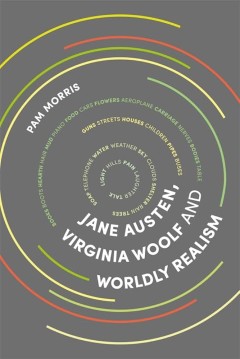
Jane Austen, Virginia Woolf and Worldly Realism
Austen and Woolf are materialists, this book argues. "Things" in their novels give us entry into some of the most contentious issues of the day. This wholly materialist understanding produces worldly realism, an experimental writing practice which asserts egalitarian continuity between people, things and the physical world. This radical redistribution of the importance of material objects and b…
- Edition
- -
- ISBN/ISSN
- 9781474419130
- Collation
- 256 halaman
- Series Title
- -
- Call Number
- 800 MOR j
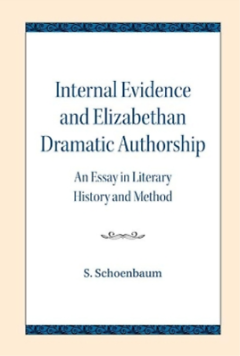
Internal Evidence and Elizabethan Dramatic Authorship : An Essay in Literary …
Internal Evidence and Elizabethan Dramatic Authorship provides one the earliest attempts to write a theoretical method for evidence within plays to help determine authorship or to help distinguish the work of one author from another. Samuel Schoenbaum’s study remains valuable, for the attempt to attribute unattributed plays to one or another author remains an ongoing conversation within early…
- Edition
- -
- ISBN/ISSN
- 9780810138674
- Collation
- 304 halaman
- Series Title
- -
- Call Number
- 800 SCH i
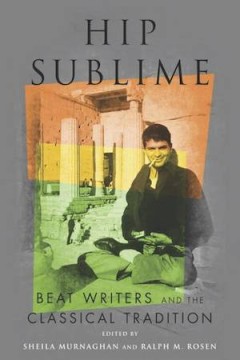
Hip Sublime : Beat Writers and the Classical Tradition
In their continual attempt to transcend what they perceived as the superficiality, commercialism, and precariousness of life in post-World War II America, the Beat writers turned to the classical authors who provided, on the one hand, a discourse of sublimity to help them articulate their desire for a purity of experience, and, on the other, a venerable literary heritage. This volume examines f…
- Edition
- -
- ISBN/ISSN
- 9780814213551
- Collation
- -
- Series Title
- -
- Call Number
- 800 MUR h
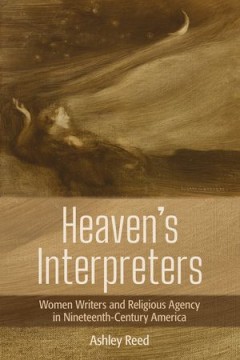
Heaven's Interpreters : Women Writers and Religious Agency in Nineteenth-Cent…
In Heaven's Interpreters, Ashley Reed reveals how nineteenth-century American women writers transformed the public sphere by using the imaginative power of fiction to craft new models of religious identity and agency. Women writers of the antebellum period, Reed contends, embraced theological concepts to gain access to the literary sphere, challenging the notion that theological discourse was e…
- Edition
- -
- ISBN/ISSN
- 9781501751387
- Collation
- -
- Series Title
- -
- Call Number
- 800 REE h
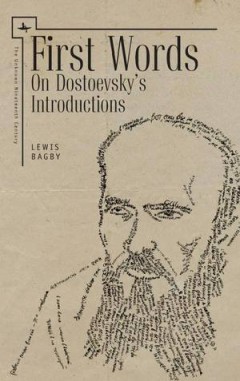
First Words : On Dostoevsky's Introductions
Dostoevsky attached introductions to his most challenging narratives, including Notes from the House of the Dead, Notes from Underground, The Devils, The Brothers Karamazov, and A Gentle Creature. Despite his clever attempts to call his readers' attention to these introductions, they have been neglected as an object of study for over 150 years. That oversight is rectified in First Words, the fi…
- Edition
- -
- ISBN/ISSN
- 9781618114822
- Collation
- -
- Series Title
- -
- Call Number
- 800 BAG f
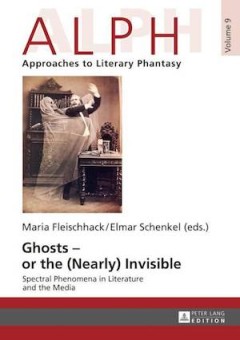
Ghosts - or the (Nearly) Invisible : Spectral Phenomena in Literature and the…
In this volume, ghost stories are studied in the context of their media, their place in history and geography. From prehistory to this day, we have been haunted by our memories, the past itself, by inklings of the future, by events playing outside our lives, and by ourselves. Hence the lure of ghost stories throughout history and presumably prehistory. Science has been a great destroyer of myth…
- Edition
- -
- ISBN/ISSN
- 9783631665664
- Collation
- 170 halaman
- Series Title
- -
- Call Number
- 800 FLE g
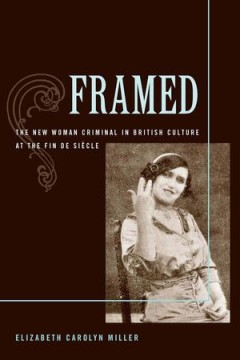
Framed : The New Woman Criminal in British Culture At The Fin De Siecle
In 1901, R. W. Paul, one of Britain’s first filmmakers, releasedThe Countryman and the Cinematograph,a film that reflexively “explains” cinema just five years into this new narrative form. It depicts a countryman at the movies, who mistakes cinematic illusion for real-world phenomena: he attempts to dance with a lovely on-screen dancing girl (figure 1) and flees a filmic train seemingly m…
- Edition
- -
- ISBN/ISSN
- 9780472900473
- Collation
- 295 halaman
- Series Title
- -
- Call Number
- 800 MIL f
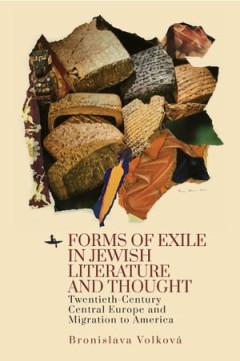
Forms of Exile in Jewish Literature and Thought : Twentieth-Century Central E…
Forms of Exile in Jewish Literature and Thought deals with the concept of exile on many levels—from the literal to the metaphorical. It combines analyses of predominantly Jewish authors of Central Europe of the twentieth century who are not usually connected, including Kafka, Kraus, Levi, Lustig, Wiesel, and Frankl. It follows the typical routes that exiled writers took, from East to West and…
- Edition
- -
- ISBN/ISSN
- 9781644694053
- Collation
- 120 halaman
- Series Title
- -
- Call Number
- 800 BRO f

Francis Bacon's New Atlantis
The New Atlantis has fired the imaginations of its readers since its original appearance in 1627. Often regarded as the apotheosis of Bacon's ideas through its depiction of an advanced 'scientific' society, it is also read as a seminal work of science fiction. Standing at the threshold of early modern culture, this key text incorporates the practical and visionary, utility and utopia. This volu…
- Edition
- -
- ISBN/ISSN
- 9781526137388
- Collation
- 224 halaman
- Series Title
- -
- Call Number
- 900 FRA
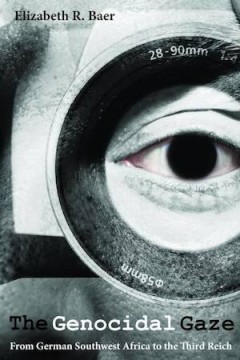
The Genocidal Gaze : From German Southwest Africa to the Third Reich
The first genocide of the twentieth century, though not well known, was committed by Germans between 1904–1907 in the country we know today as Namibia, where they exterminated hundreds of Herero and Nama people and subjected the surviving indigenous men, women, and children to forced labor. The perception of Africans as subhuman—lacking any kind of civilization, history, or meanin…
- Edition
- -
- ISBN/ISSN
- 9780814343852
- Collation
- -
- Series Title
- -
- Call Number
- 900 BAE g
 Computer Science, Information & General Works
Computer Science, Information & General Works  Philosophy & Psychology
Philosophy & Psychology  Religion
Religion  Social Sciences
Social Sciences  Language
Language  Pure Science
Pure Science  Applied Sciences
Applied Sciences  Art & Recreation
Art & Recreation  Literature
Literature  History & Geography
History & Geography